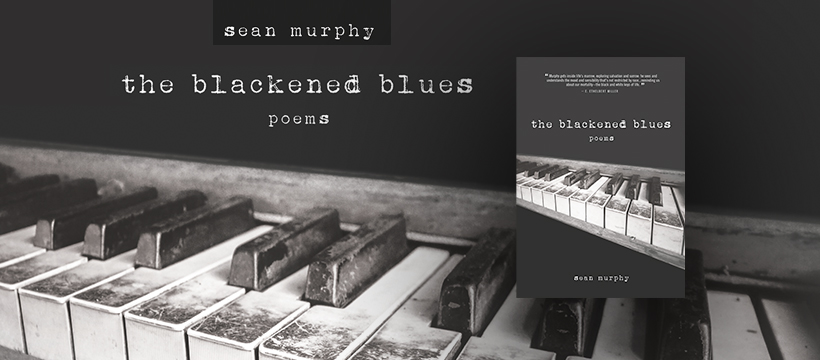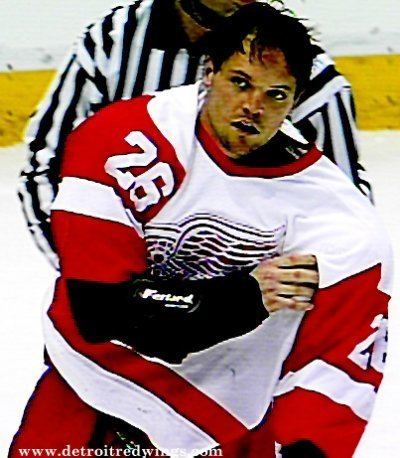
I’m happy to announce that my first poetry collection, The Blackened Blues, is available wherever you buy books (yes, *wherever*, so you don’t have to put more money in Rocket Man’s pocket; you can go directly to my publisher, Finishing Line Press, or support my pals (and 1455 partners) at D.C.’s The Potter’s House).
THE BLACKENED BLUES is part of a large and ongoing project that discusses (and celebrates) some of the author’s personal heroes who remain far less celebrated than they deserve to be. As it happens, many of them are musicians, hampered in various ways by discrimination, ranging from old fashioned racism to institutional and cultural indifference. Though there’s an elegiac sadness suffusing these poems, there’s also acknowledgment of defiant genius: they fought their battles bravely, in their art and in their lives. This collection seeks to capture something (or, hopefully, more than a few things) essential about their lives, bearing witness while also paying homage.
I’d like to introduce the collection, one poem at a time (in the order they appear in the book), and tell a little bit about the inspiration for each, by way of explanation and in tribute.
Next up is “Joey Kocur’s Fist” (and thanks again to Sport Literate for publishing this one in 2016).
Joey Kocur’s Fist*
Imagine a piano pounded to the point
where its ivory bones are chipped.
The black keys leaking blood
and exhausted from overuse.
Every note a raw rejoinder
perfected by pain and practice.
Each improvisation a stoic shriek
for the sake of the song.
(*Joseph George “Joey” Kocur is a former professional hockey player. He is best known as an enforcer with a devastating punch; he so frequently hit players with his right hand, often landing blows on their helmets or teeth, that his right hand was often in poor condition.)
Some extended meditations on hockey, and fighting’s controversial role in fighting, here and here.
It’s difficult to talk intelligently with anyone about hockey because so few people watch (or care) about it. That goes double when trying to articulate the science of sanctioned pugilism. How can one possibly rationalize or defend the spectacle of adults engaging in behavior that would get them arrested out in the streets? (Indeed, fans are arrested nightly at hockey rinks all over the continent for imitating, albeit often drunkenly and with far less flair, the very behavior occurring in real time below them.) The answer is at once easy and complicated, like all truths tend to be. The easy part: there is no need to explain it. If you’re not a hockey player, you can’t hope to comprehend it; unless you are a fan, you have no hope of understanding or appreciating it. It’s really that simple. Seriously. Just ask a hockey player. (And, as perspicacious commentators have pointed out for decades, one notices how nobody gets up to grab popcorn once a fight breaks out. While that may speak volumes about the distressing devolution of our species and our insatiable appetite for violence, there is something a bit more sophisticated going on.)
So what is complicated about it? For starters, hockey fighting remains a diversion that people who genuinely deplore violence (like this writer) endorse and get excited about. What does that say about us? I’m not certain. But I do know that unlike the “real” world, it is exceedingly rare for two hockey combatants to enter the fray unwillingly. Yes but, doesn’t that make it a great deal worse, if they do it because they get paid? (Well, is boxing beautiful? Barbaric? Your opinion here will go a decent way toward explaining your ability, or willingness, to negotiate the enigmatic charm of the expression “five minutes for fighting”.) That gets to the not-so-easily explained sensibility of athletes (in general) and hockey players (in particular). Hockey players have traditionally been paid a great deal less than other athletes in more popular sports. It is, therefore, a bit ironic to consider that these players are more immune to pain and prone to play a regular season game like the world is on the line. It is, for hockey fans, refreshing that the players have an integrity that has been ingrained from generations and is remarkably resilient against the corrupting forces of salary, fame and product endorsements. Put in less exalted terms, people tend to get (understandably) cynical when, say, a baseball player with a multi-million dollar annual contract goes on the D.L. with a strained hamstring. That type of commonplace indifference is especially noticeable –and appalling– when one realizes that hockey players routinely return to the ice moments after receiving stitches, or losing teeth, or suffering bruised (and in some cases, broken) bones. Google it if you don’t believe me.
None of this is to say that one might enjoy the sport more if one learned more about it, but a casual viewer (or hater) might be genuinely surprised to learn a few things about the history of hockey fighting. For starters, the opposing players seldom hate each other and in it is not uncommon for them to be friends off the ice (particularly if they are old teammates). Also, the aforementioned code does have a rather elaborate –and universally endorsed– system for the rules of engagement. Finally, and perhaps most significantly: not only are enforcers generally the most popular players (amongst the fans; amongst the teams), they tend to be some of the more thoughtful and soft-spoken ones. (For two obvious examples, consider the ever-humble Craig Berube –”The Chief”– who toiled many seasons in the NHL including for my hometown Capitals and until recently was head coach for the Flyers; then there is George McPhee who became one of the more respected and successful GMs in the game.)
Of course, not all of them are model citizens, and for a variety of reasons (some understandable, some inscrutable), some of them have had very challenging and troubled lives.
Think about what a clown does: he is the minor but essential character who shows up at a circus with the objective of instigating misconduct. Above all, his purpose is to entertain with a mixture of mischief and cheer. A superficial assessment might conclude that a clown is simply doing, in make-up, what any drunk idiot might do. But of course whether it is juggling, dancing or doing tricks, not just anyone could be (or would want to be) a clown. It’s a job.
(And lest anyone think it’s either random chaos or unthinking brutality, hockey pugilism has a long yet fairly straightforward history. To understand fighting one must understand what is meant by “The Code”.)
Think about what a hockey enforcer (what we used to call a goon just like we used to call escorts hookers or stockbrokers sociopaths) does: he is the minor but essential figure who shows up in an arena with the object of instigating misconduct (hopefully without receiving a game misconduct). Above all, his purpose is to settle scores and entertain a crowd while invigorating his teammates. A superficial assessment might conclude that an enforcer is simply doing, in a colorful costume, what any drunk idiot might do. But needless to say, trading bare-fisted blows (sober or especially drunk) in a bar is considerably different than standing on skates and going toe to toe with an opponent who is well-prepared (and in some cases, well-paid) to kick your ass in front of thousands of people. Many people without athletic ability are very capable goons; only an extremely select group of individuals are able (much less willing) to abide by “The Code”. It’s a job.

